Ultra-Precise
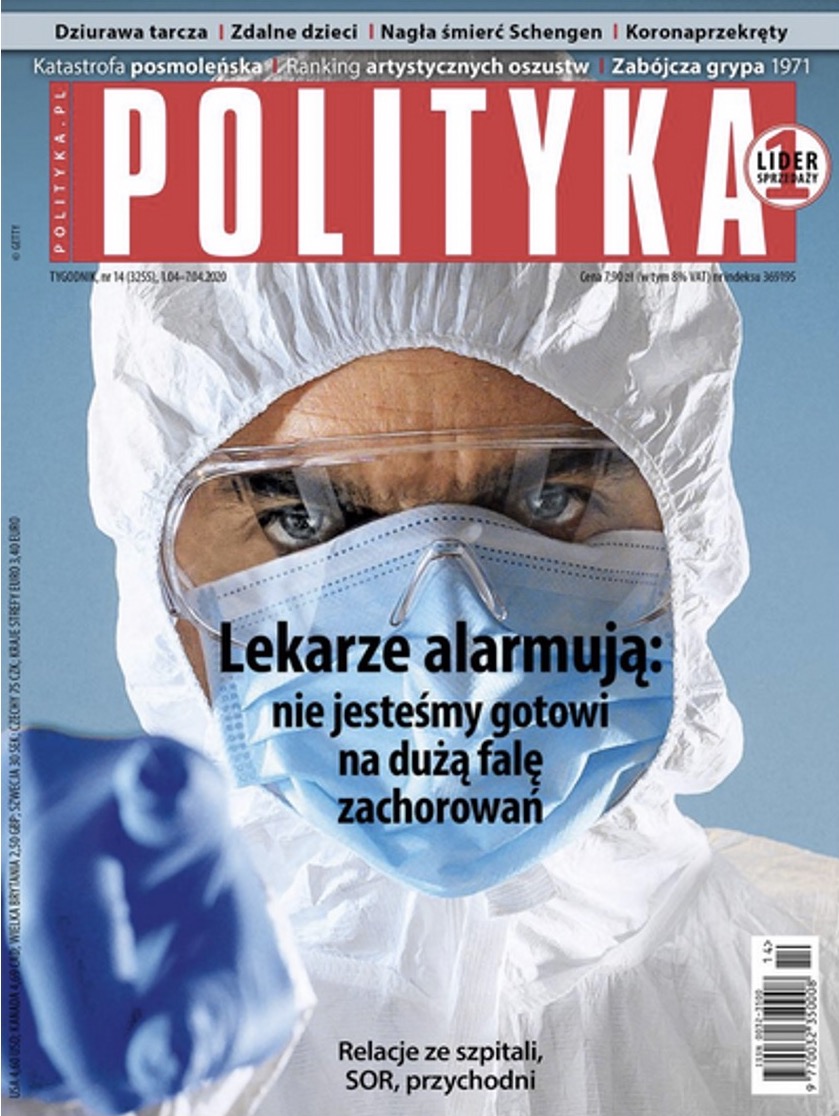
Polish magazine cover (submitted by Maciej Biedziński)
This is the fourth in a series of 16 posts offering an analysis of “Covid Codes” from a global perspective. SEMIOVOX has invited consulting semioticians from around the world to augment the Coronavirus-related meaning map whose lineaments we revealed here in a Spring 2020 series. We are grateful to our talented and generous colleagues, who are individually acknowledged in each series post that features their contributions.
The theme we’ll explore in this installment is: ULTRA-PRECISE. Our definition of this theme: High-tech, unfailing accuracy of treatment.
In this series’ previous installments, we’ve examined the paradigms Pharmacist and Doctor. Here, we’ll begin to examine a different paradigm: Scientist. The scientist figure reflects our desire for: ultra-precision (the topic of this installment), and advanced research (next week’s installment).
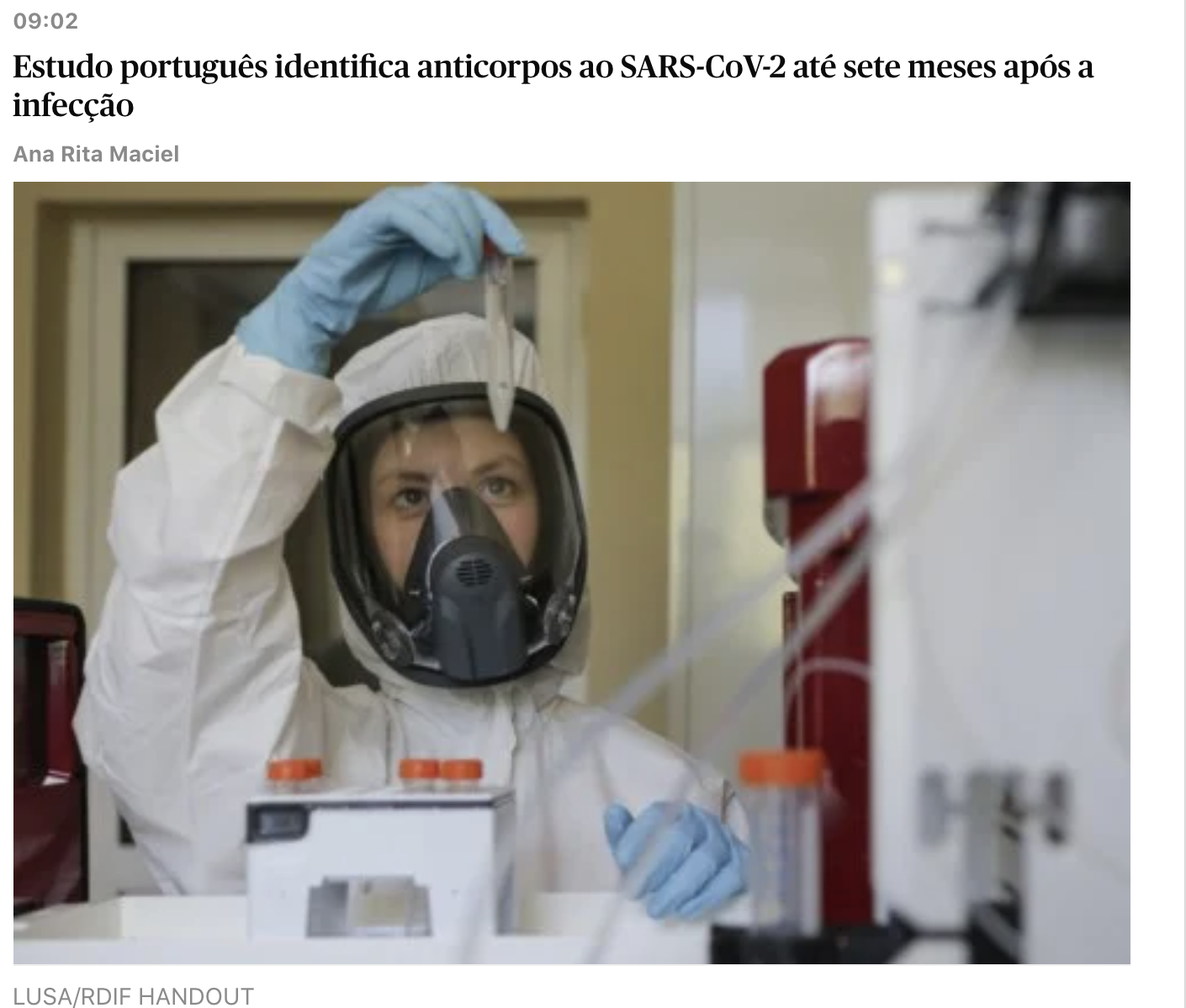
One of the two central concepts represented by the scientist paradigm, within the “COVID-19 response” space is a scientifically precise approach to treatment — i.e., one which can isolate and target a precise part of the body (in order to direct treatment there efficiently), and also reveal formerly imperceptible aspects of the body… and whatever problems afflict the body. The scientist is depicted as thoroughly objective — sometimes too objective, in the sense of inhumane or unempathetic — expert. And the laboratory context is celebrated as the site of a pure, precise, reliable methodology.
Our study suggests that the Ultra-Precise thematic space is brought to life by at least four “source codes” (signs), as already tentatively described above. We’ve named these source codes: Targeted Action, Revealing the Invisible, Scientific Expertise, and Lab Context.
Targeted Action
The Targeted Action source code’s norm (that is to say, its idea, value, higher-order benefit) can be described as follows: A remedy that seeks out the source of the problem, with almost military precision.
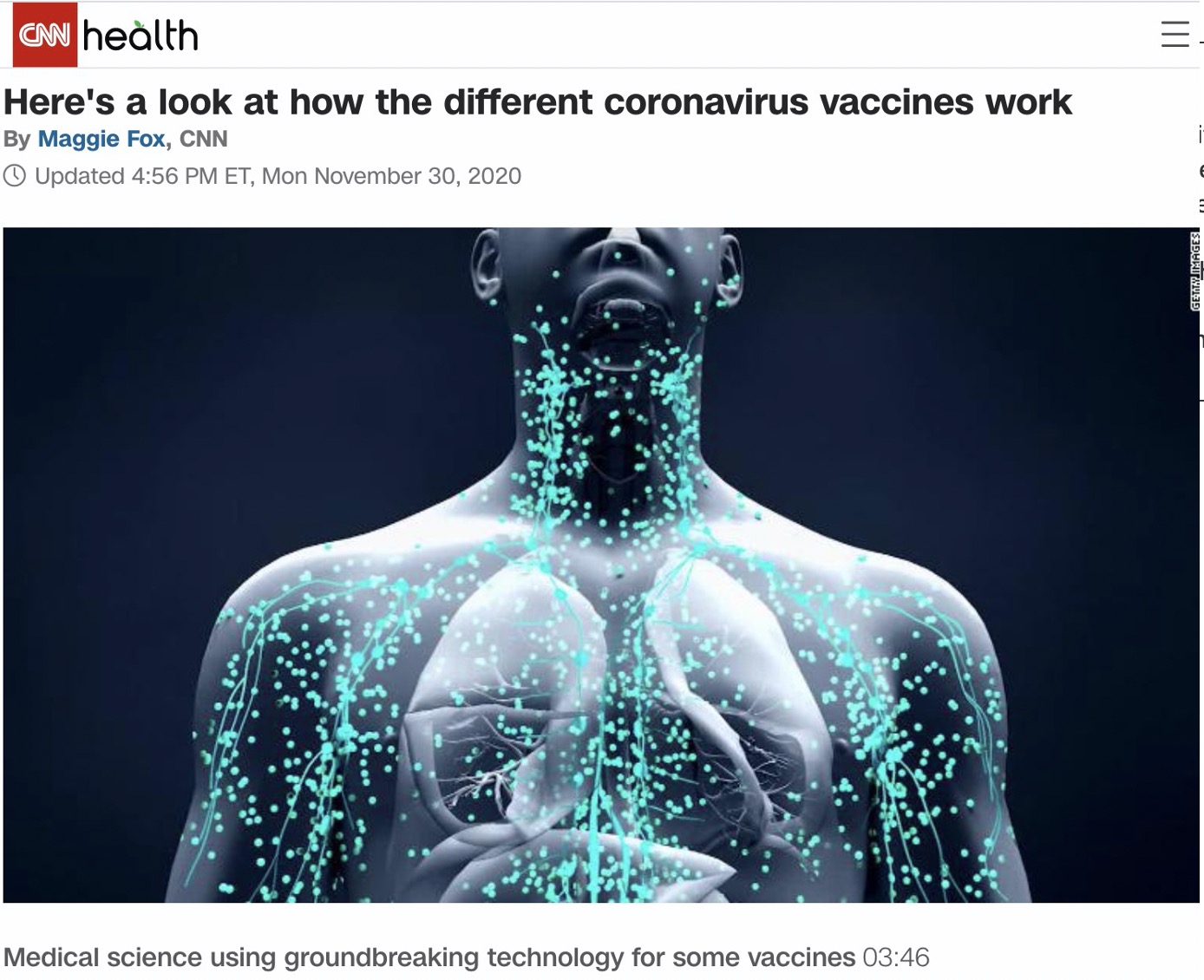
Visual cues of Targeted Action include:
- Depictions and diagrams of the body/head, with certain areas illuminated as though perceived through a scientific instrument, infrared goggles, etc.
- Depictions of the remedy moving through the body, and taking effect
- Glow radiating from bodies, faces, internal organs
Here we find depictions and diagrams of the body and head, with certain areas illuminated as though perceived through a scientific instrument, or infrared goggles, etc. Here we find depictions of the remedy moving through the body, and taking effect within. A glow radiating from bodies, faces, internal organs suggests that the process is working. Arrays of products, each one specially designed for a precise purpose, can perhaps be said to belong to this thematic complex. Guides to choosing precisely the right product, e.g., by selecting which symptoms you’re experiencing, too.


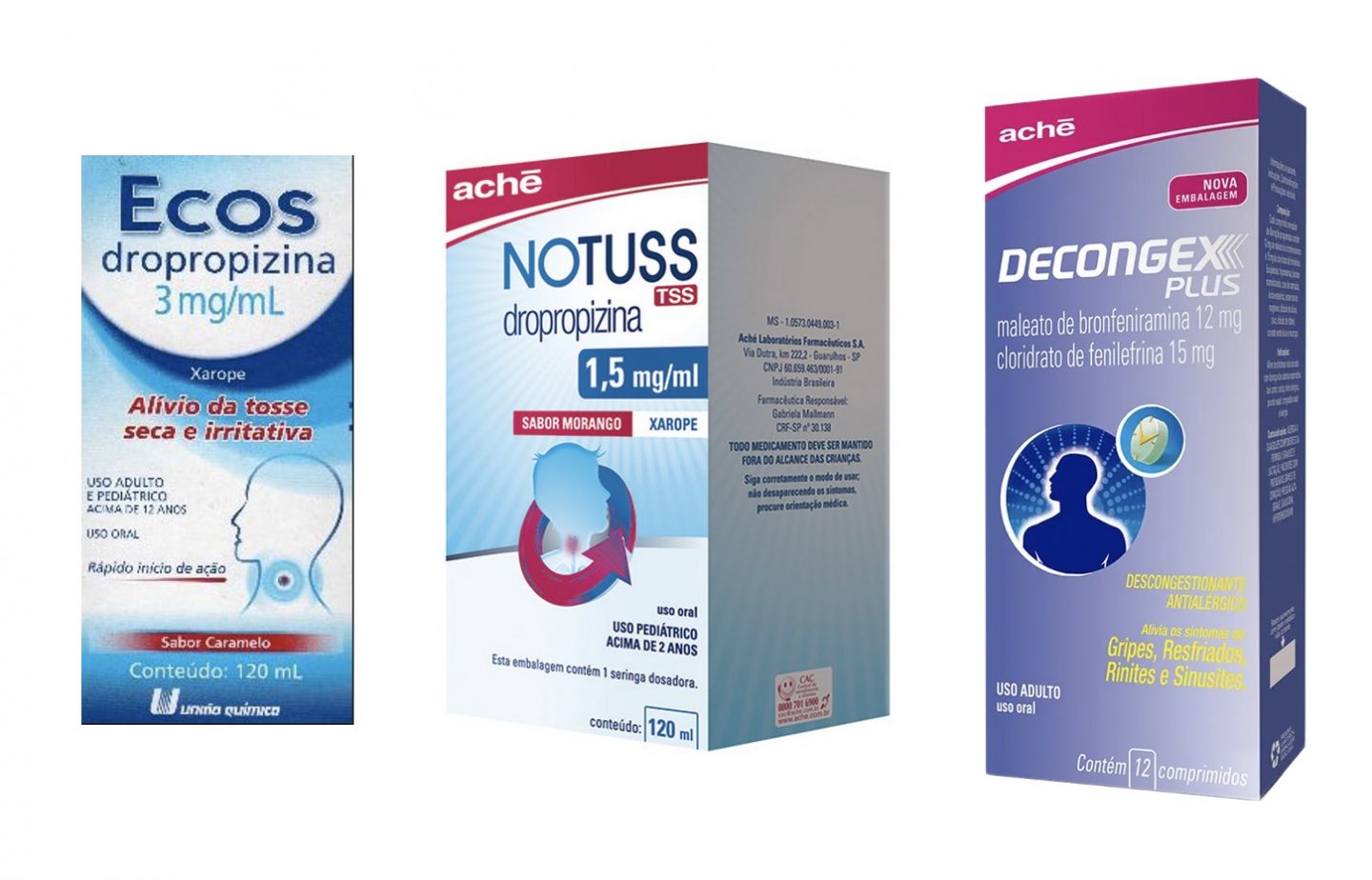
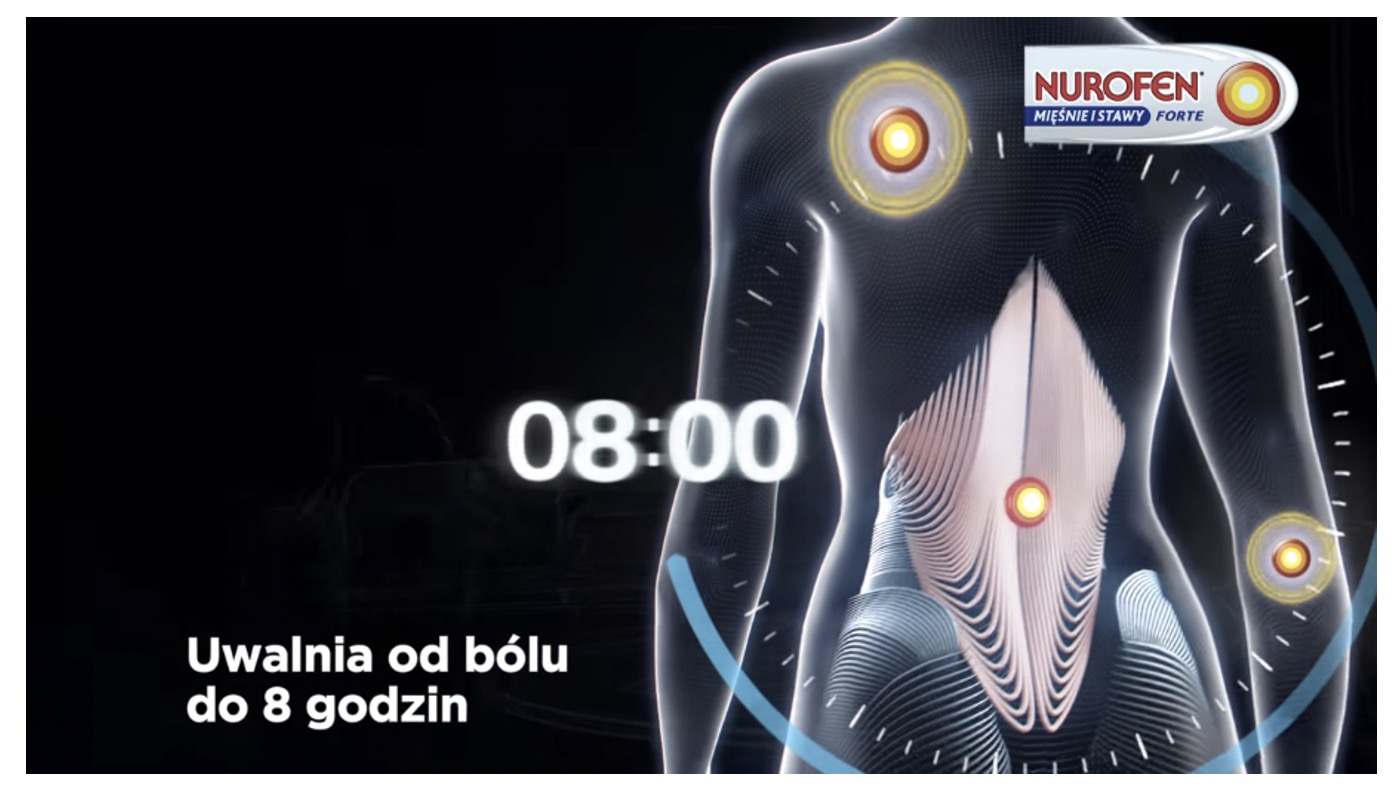
Revealing the Invisible
The Revealing the Invisible source code’s norm (that is to say, its idea, value, higher-order benefit) can be described as follows: Scientific instruments that make perceptible aspects of the body/disease that are normally imperceptible.
Visual cues of Revealing the Invisible include:
- X-ray views, exploded diagrams of the body, depiction of a body’s/disease’s molecular or atomic structure
- Extreme zooms, magnifying effects
- Depictions of microscopic entities, i.e. viruses, in cartoony form
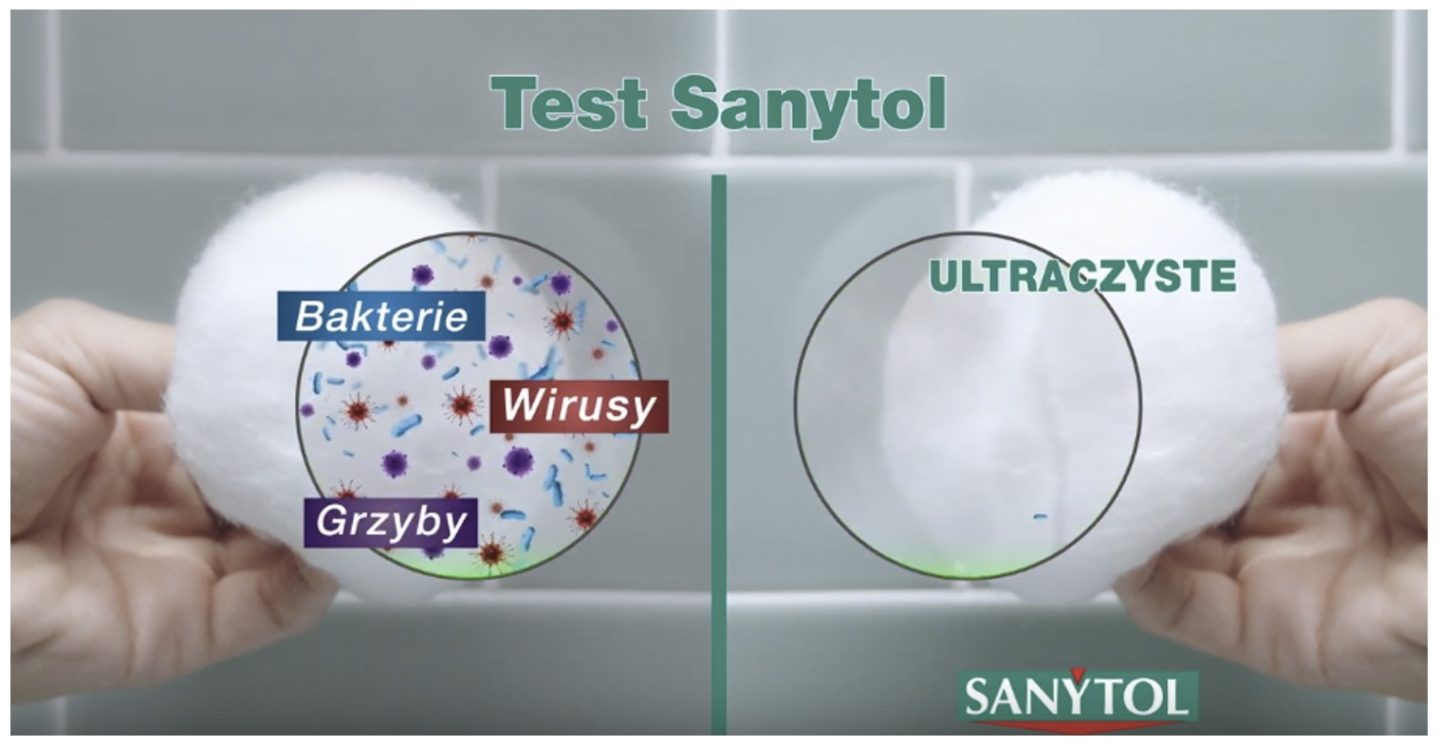
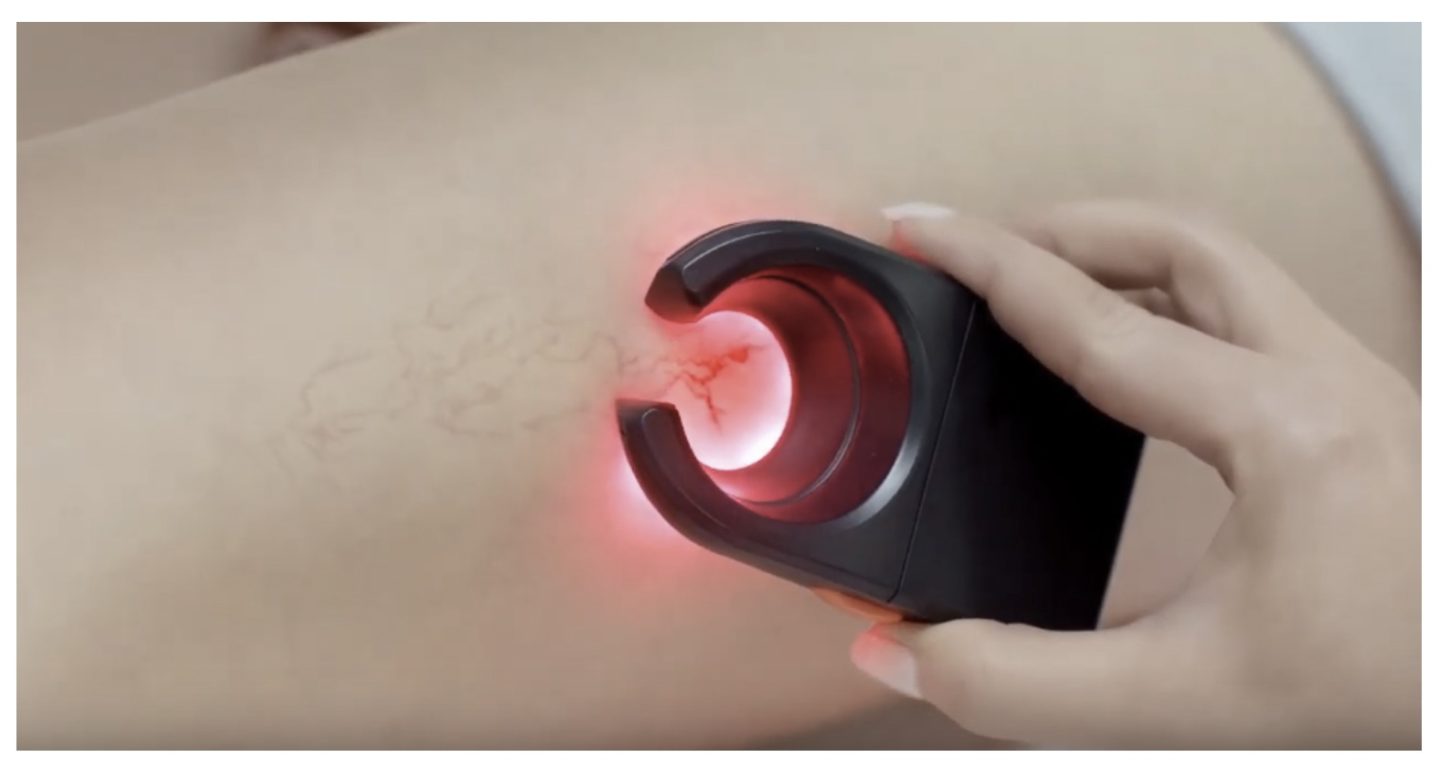
Maciej Biedziński (Poland) submits the two examples above — a commercial for Sanytol (disinfectant), in which bacteria, viruses, fungi are contrasted with “ultraclean”; and a commercial for RedBlocker, a cream for varicose veins.
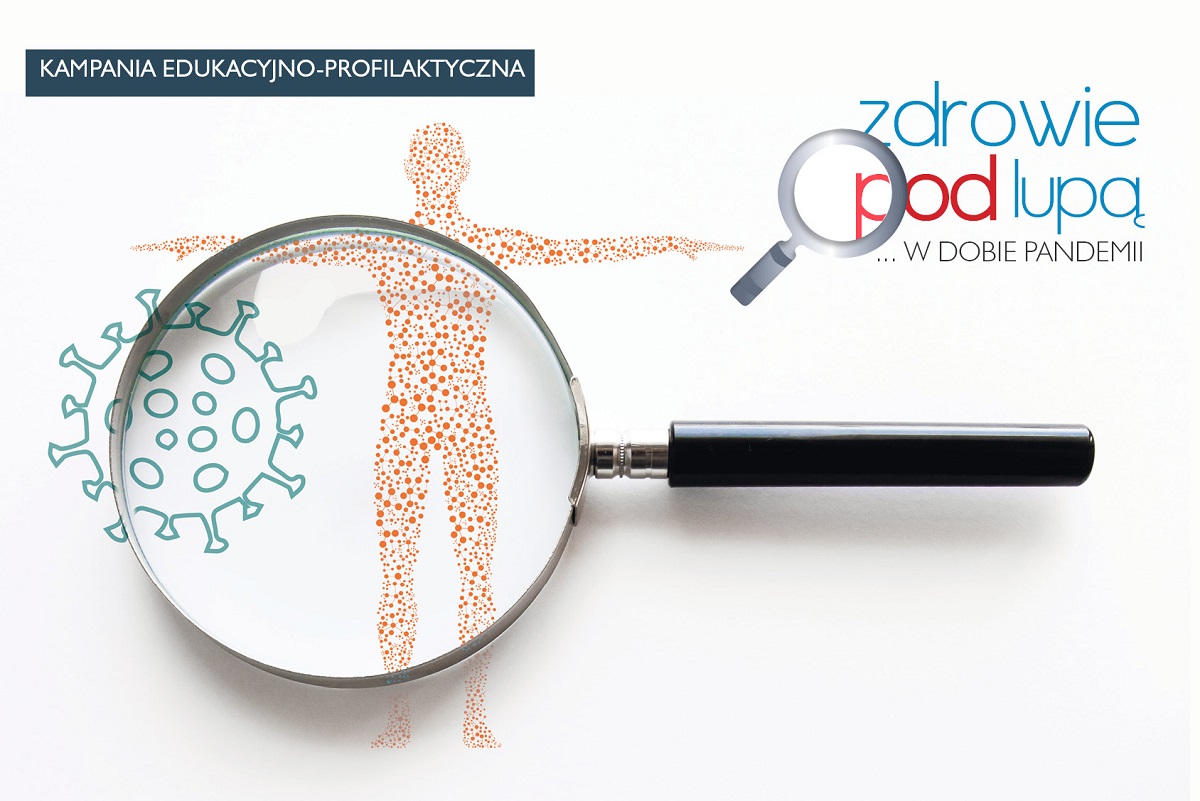
Paulina Goch-Kenawy (Poland) sends the example shown above.
Note that this source code isn’t particularly realistic — so it might be better placed in the Advaned Research theme (next installment). However, because we see such depictions all the time in advertising and media, they have become normalized; they feel more realistic than they actually are.
Scientific Expertise
The Scientific Expertise source code’s norm (that is to say, its idea, value, higher-order benefit) can be described as follows: Cool, calm, dispassionate expertise of the scientist.

Visual cues of Scientific Expertise include:
- Men and women in laboratory coats, sometimes also wearing sterile hoods and masks and gloves, etc. — though this sort of thing, if depicted more dramatically, can also fit into the Advanced Research theme
- Scientists at work, performing experiments in the lab — though this sort of thing, if depicted more dramatically, can also fit into the Advanced Research theme
- Scientists holding up the results of their work for inspection — though this sort of thing, if depicted more dramatically, can also fit into the Advanced Research theme
- Scientists making announcements and pronouncements — though this sort of thing, for example during a pandemic crisis, can also fit into the Infallible Authority theme
Verbal cues of Scientific Expertise include:
- Dispassionate tonality, the scientist relying on the inductive/scientific method — painstaking, empirical, cautious about conclusions.
- Willingness — duty, even — to push back against the incautious, over-optimistic pronouncements of politicians and other non-scientists.
Of course, the media is attracted to scientists who break out of this mold. Here are a couple of examples…
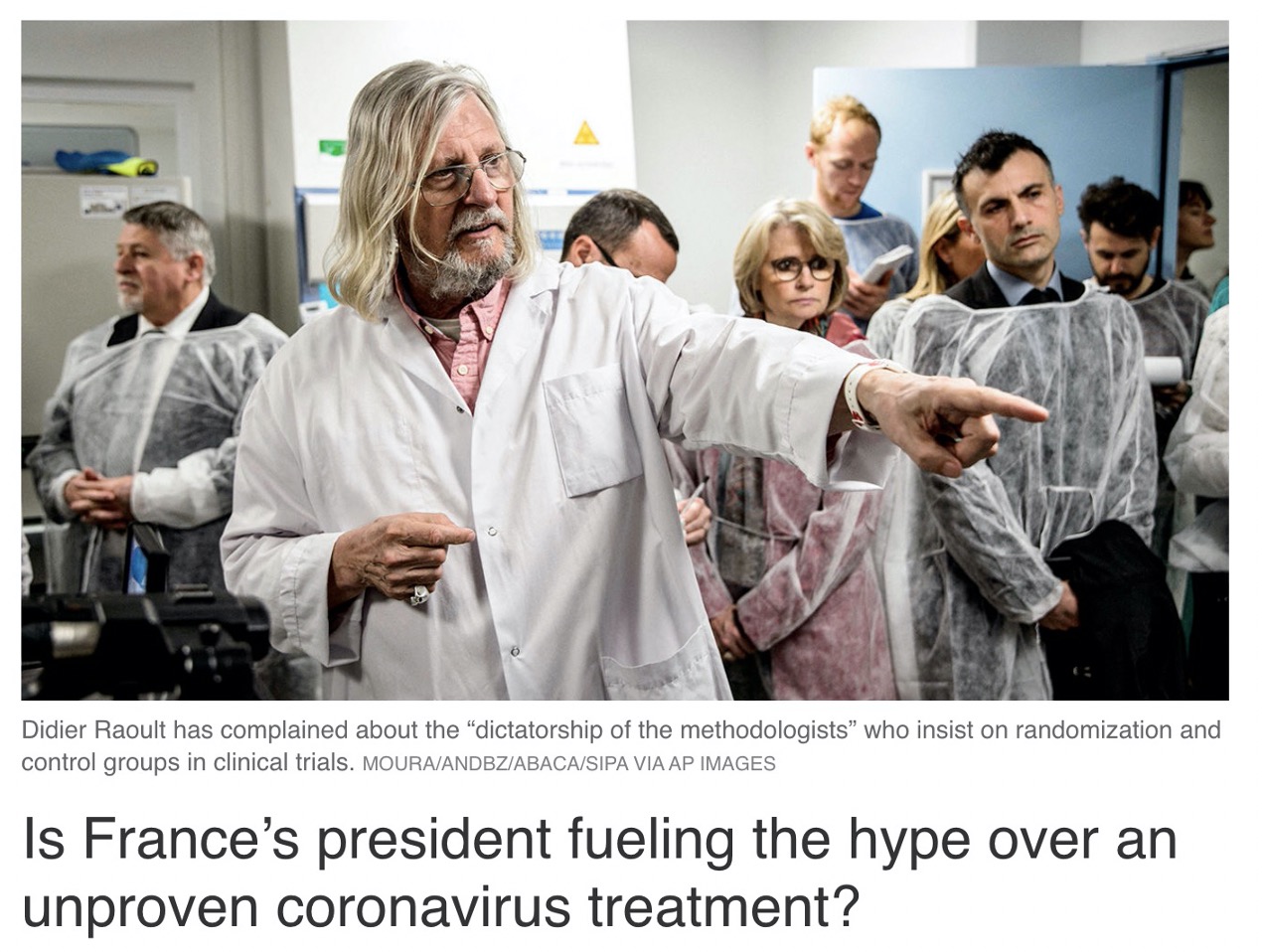
Didier Raoult, the eminent French microbiologist behind President Trump’s favorite unproven treatment, whose claim of a 100 percent cure rate shocked scientists around the world, is a good counter-example to this code. Although he displays some of the trappings of Scientific Expertise, Raoult also delights in nonconformity — both in his scientific practice and his self-presentation.
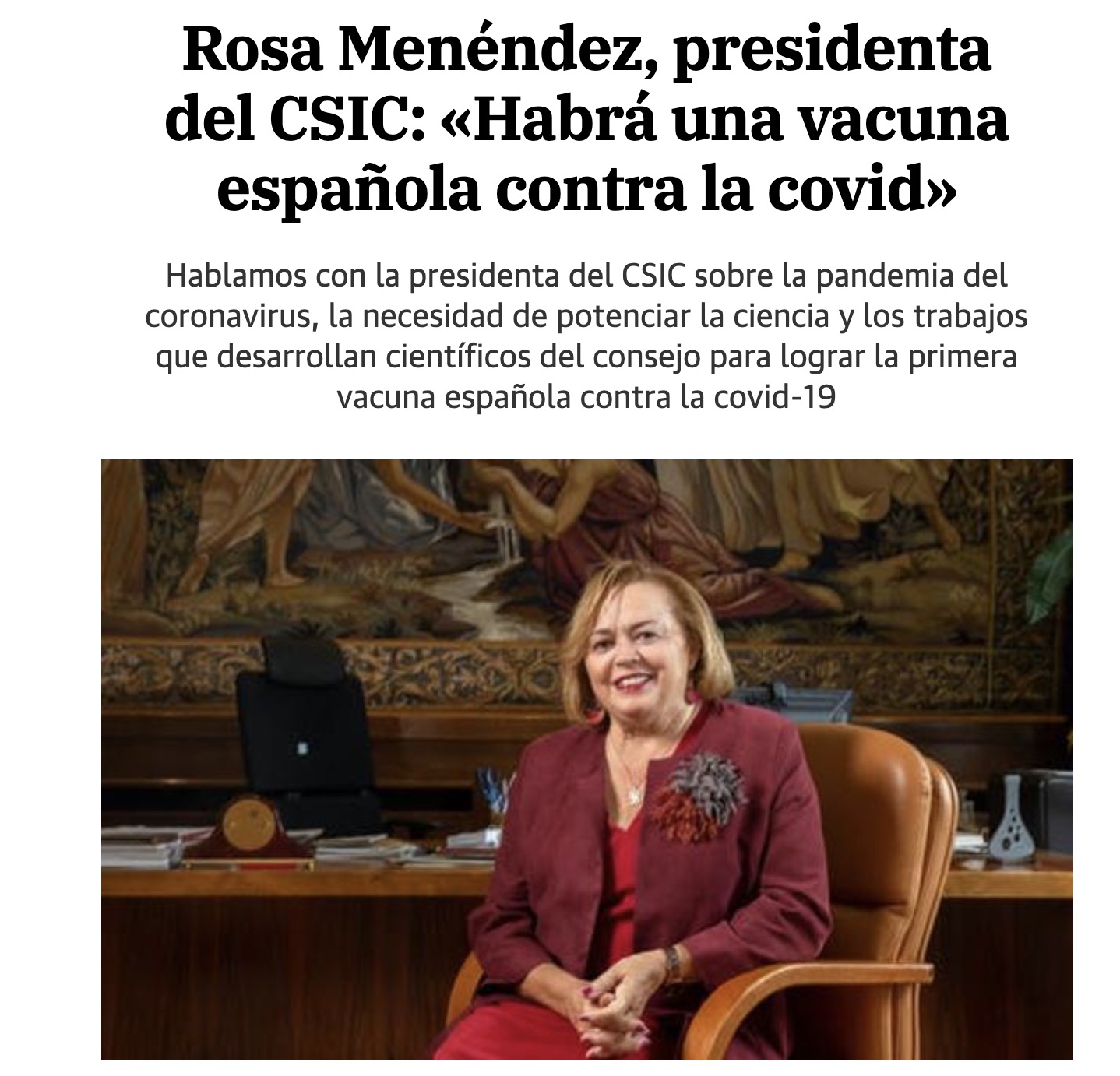
Gabriela Pedranti (Argentina/Spain) sends us another counter-example. The images from a feature in Diario Sur, a regional newspaper of Málaga, on the President of the CSIC (Superior Council of Scentific Research), are “about the person, not the technical aspects of her work,” notes Pedranti. Indeed, Rosa Menéndez looks like a politician or businesswoman, here.
Lab Context
The Lab Context source code’s norm (that is to say, its idea, value, higher-order benefit) can be described as follows: Sterile, isolated, laboratory conditions.
Visual cues of Lab Context include:
- Sterile context, often gleaming metal and pure white. Note that this sort of thing, if depicted more dramatically, can also fit into the Advanced Research theme.
- High-tech equipment. Note that this sort of thing, if depicted more dramatically, can also fit into the Advanced Research theme.
- Fetishistic close-ups of needles, vials, etc. Note that this sort of thing, if depicted more dramatically, can also fit into the Advanced Research theme.
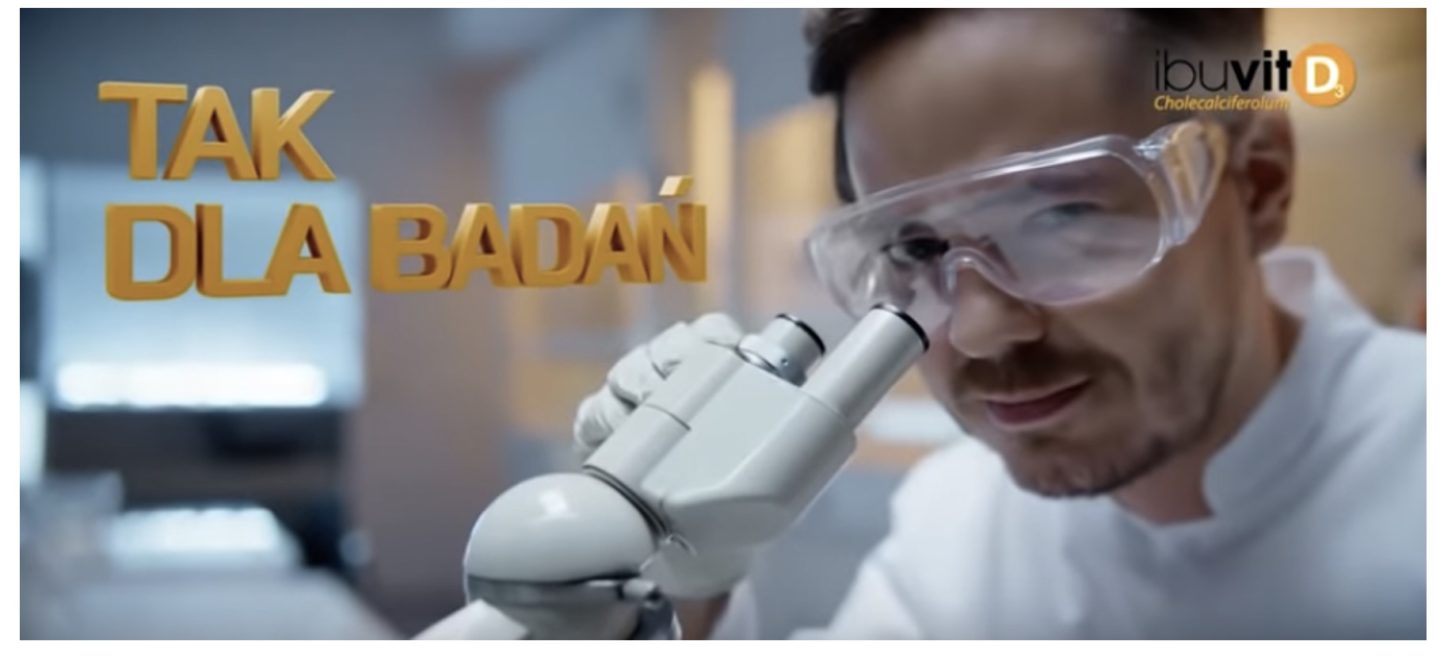
Maciej Biedziński (Poland), shares the above commercial. The text reads: “Yes to research.”
Verbal cues of Lab Context include:
- Tonality of inductive/scientific research: experimentation, research, testing, cautiously advancing hypotheses
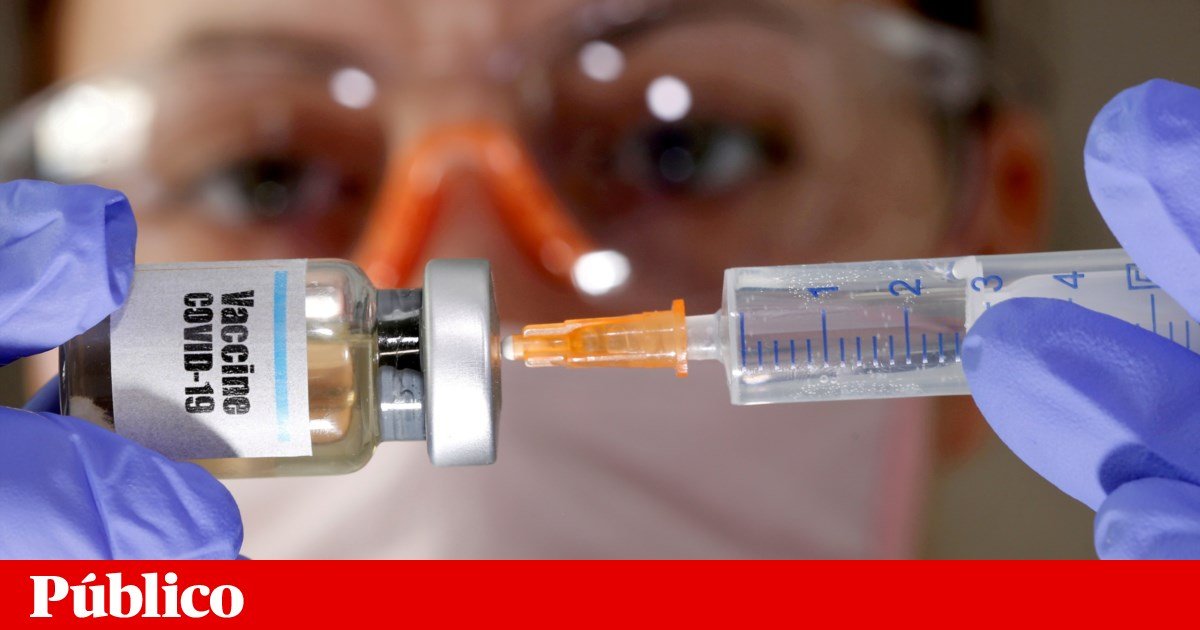
Sónia Marques (Portugal) notes that syringes and tiny glass containers are now a “visual constant” in newspapers, magazines, and on TV.
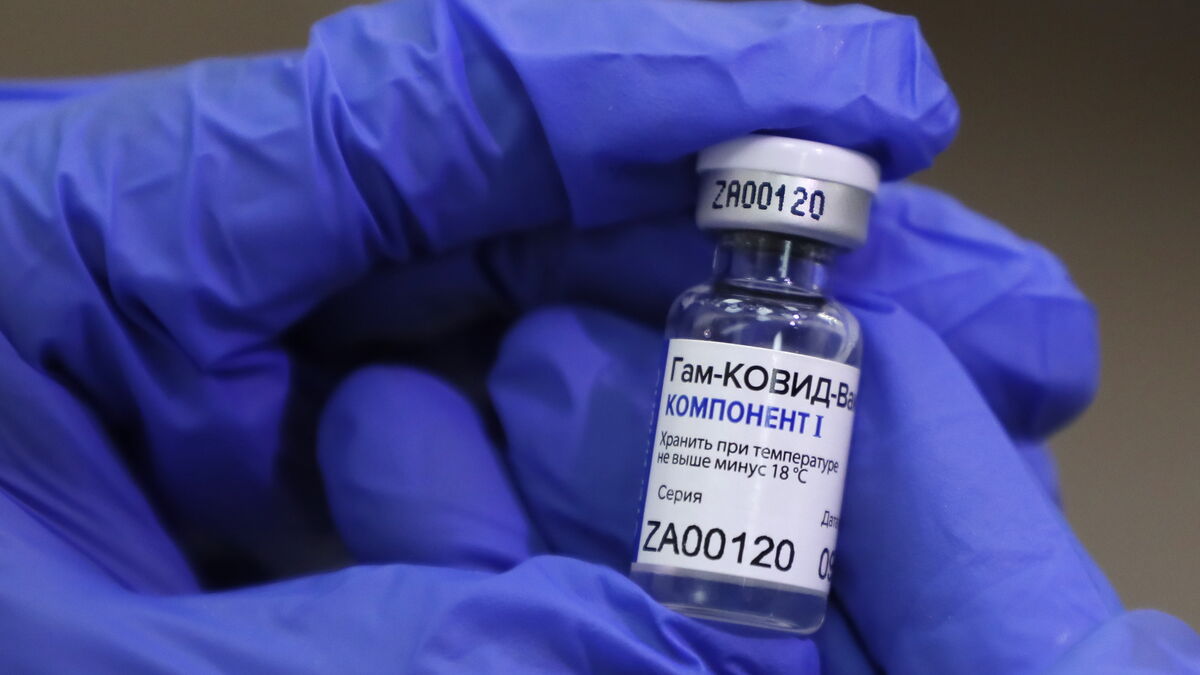
[image removed]
Gabriela Pedranti (Argentina/Spain) submits the images above, of Russia’s “Sputnik” vaccine [top] and Pfizer’s vaccine [bottom] from Spanish news websites. “By the way, the name ‘Sputnik’ is amazing,” she adds. “It’s probably the only one we remember among the vaccines.”
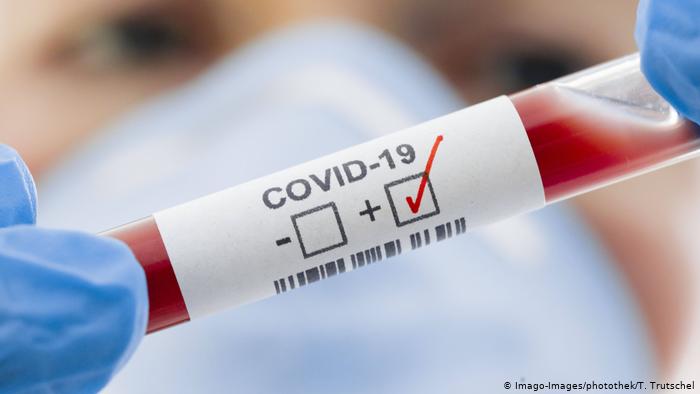
Paulina Goch-Kenawy (Poland) sends in the image above.
One last note on the scientist paradigm.
If the doctor is less customer-focused and empathetic than the pharmacist, in the popular imagination, then the scientist is even more chilly and aloof. The scientist’s professional ethos forbids him or her from catering to our needs. The scientist doesn’t try to explain things in a way we can understand; the scientist isn’t concerned with getting us back to work. Their context is the laboratory: isolated, restricted, sterile. Their concern is not with our coughs and sneezes, our aches and pains, but with the microscopic and molecular — they regularly visit a plane of existence we can’t imagine. They are an aloof, above-it-all, awe-inspiring figure… which means we don’t find them as “relatable” as, say, a pharmacist or even a doctor. Scientists can make us feel very nervous.
As depicted by brand communications, media, and culture, the scientist seeks treatments that are more precisely effective than those currently deployed by doctors. This is both thrilling/hopeful and also rather ominous; while we welcome technological advances when it comes to treating Covid (and Cough/Cold/Flu), we’re also nervous about activity on the frontier of science. Every scientist is, potentially, a Dr. Frankenstein.
Thank you for reading our Covid Codes series. Next week’s installment will be on this theme: ADVANCED RESEARCH.
Also see these series: COVID CODES | SEMIO OBJECTS | MAKING SENSE | COLOR CODEX

